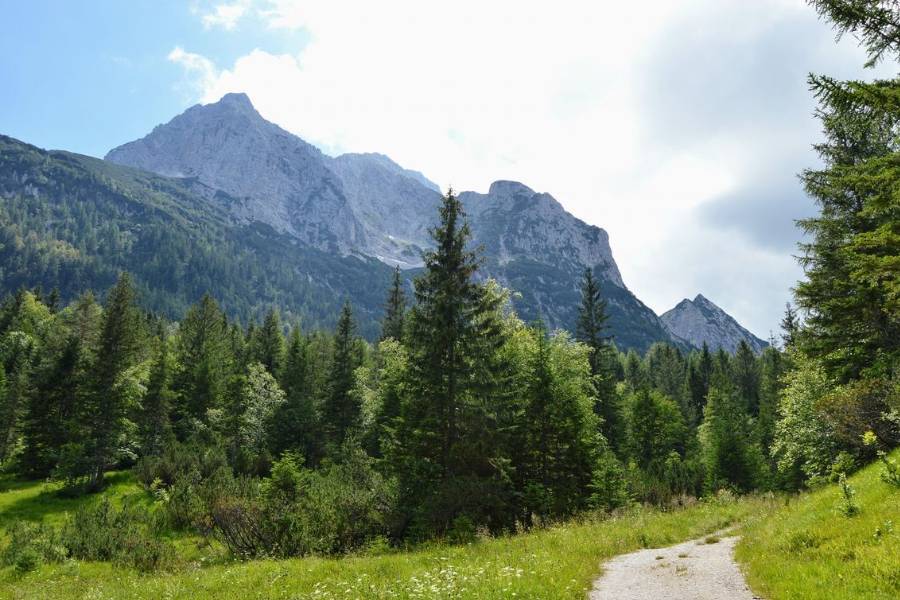
Greetings, modern-day explorer! Hiking in the summertime offers a unique opportunity to immerse ourselves in the natural beauty of the outdoors. For those of us navigating the digital age, finding a balance between our tech-driven lives and the allure of the great outdoors can be a delightful challenge.
Proper preparation and awareness of how to navigate hot weather conditions are essential for a safe and enjoyable hiking experience. In this article, we’ll provide a comprehensive set of tips and advice to help you make the most of your summer hikes while staying safe and comfortable.
1. Use Tech-Enhanced Navigation
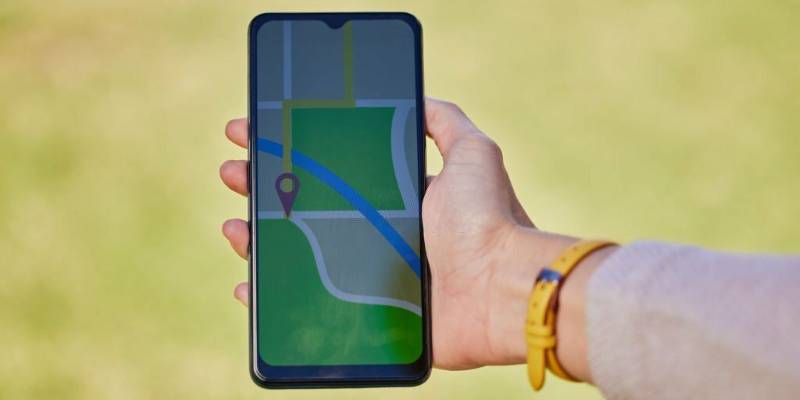
In this digital age, our smartphones are powerful tools. Before hitting the trail in the hot summer, make sure to download a reliable hiking app with offline maps for enhanced readability and navigation.
Apps like AllTrails or Gaia GPS offer detailed trail maps, GPS tracking, and even real-time weather updates. In this way, you’ll stay on course and have all the essential information at your fingertips.
2. Start Early or Hike Late

Starting a day hike early in hot weather or during the summer is not just a matter of convenience, but it’s a crucial safety measure for several reasons. Firstly, the early morning hours or late in the evening are significantly cooler than later in the day. This helps you avoid the potentially dangerous effects of extreme heat, such as dehydration, heat exhaustion, and even heatstroke.
Furthermore, starting early allows you to take advantage of softer, cooler ground conditions, which can make the trek less strenuous on the body. Avoid hiking during the hottest hours; typically between 10 a.m. and 4 p.m.
3. Dress Appropriately

Start with moisture-wicking and breathable base layers to regulate body temperature and manage sweat. Choose lightweight and quick-drying fabrics that won’t chafe or weigh you down. Layering is key, allowing you to adjust to changing weather conditions.
A long-sleeved shirt and pants, specially designed for hot weather, provide good protection from the sun, bugs, and potential scrapes. Don’t forget a wide-brimmed hat and sunglasses for sun protection. Opt for sturdy, comfortable hiking boots with ankle support and good traction. Socks should be moisture-wicking to prevent blisters.
4. Carry Solar-Powered Chargers
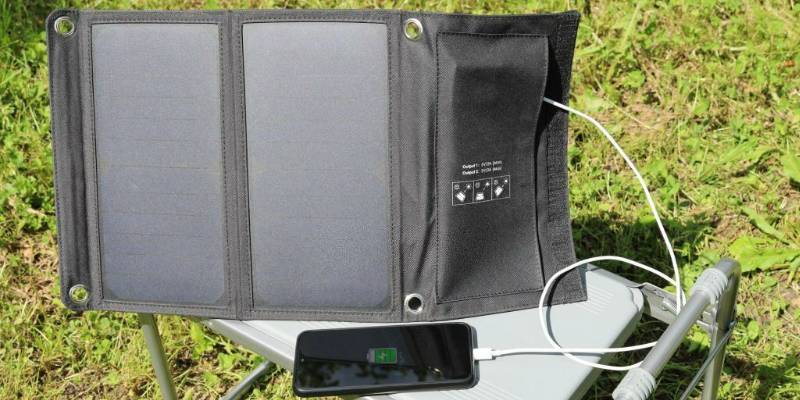
We all know how quickly our devices can run out of juice. So consider investing in a high-quality solar-powered charger. Attach it to your backpack and let it soak up the sun’s rays as you hike.
By doing so, you’ll ensure your phone remains charged for emergencies, capturing memories through photos, and accessing any digital assistance you may require along the way.
5. Smart Hydration Solutions
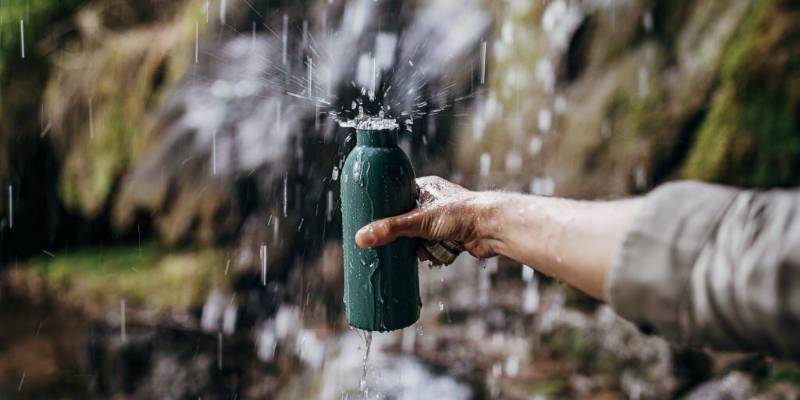
Stay ahead of dehydration with a smart water bottle. There are bottles available that sync with your phone to remind you to stay hydrated and even track your water intake. Some even measure the quality of the water you’re drinking. It’s a high-tech way to keep your body in peak condition.
6. Use Sun Protection
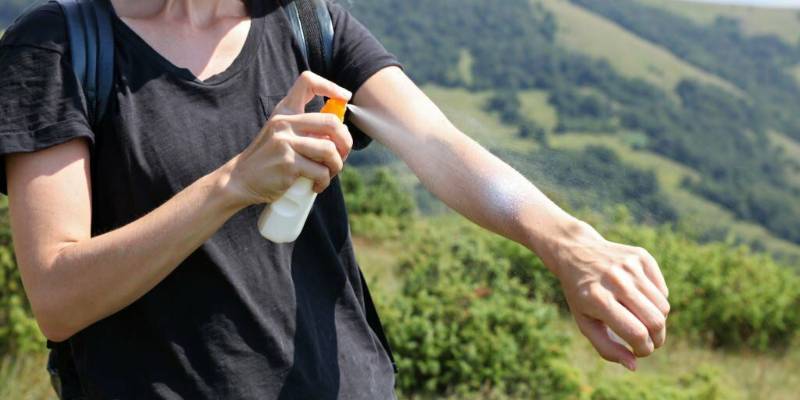
The sun emits harmful ultraviolet (UV) rays, which can lead to sunburn, premature aging of the skin, and, in severe cases, skin cancer. When hiking, especially in open areas with minimal shade, your skin is vulnerable to ultraviolet rays for extended periods.
Sunscreen forms a protective barrier and effectively blocks a significant portion of these harmful UV rays from penetrating the skin. So apply sunscreen to exposed skin, and consider using sunglasses and lip balm with SPF protection. Reapply sunscreen every couple of hours.
7. Wearable Health Monitors

Bring along a wearable health monitor. These devices can track your heart rate, steps, and even monitor your sleep quality. It’s an excellent way to ensure you’re keeping fit and healthy during your summer hikes, while also providing important health data.
8. Take Breaks in the Shade

Taking breaks in the shade is an essential practice during a hike in hot weather or under a scorching sun. The shade provides a respite from direct sunlight, allowing your body to cool down and reducing the risk of overheating or sunburn.
So find a spot with good shade, ideally under trees or rock formations, and take regular breaks to rest and rehydrate. This not only helps prevent heat-related illnesses but also allows you to recharge, enjoy the surroundings, and appreciate the natural beauty of the trail.
Furthermore, taking breaks in the shade provides an opportunity to check your map, assess your progress, and ensure you’re on the right track.
9. Know Your Limits
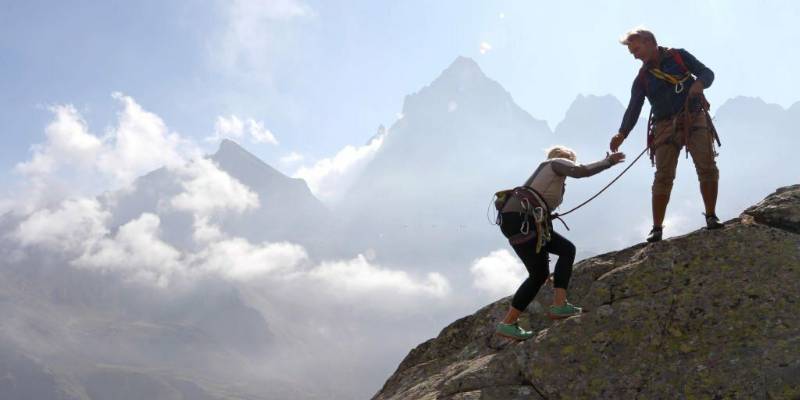
Understanding your limits is absolutely crucial, especially when hiking in hot weather. High temperatures can amplify the physical demands of a hike and increase the risk of heat-related illnesses.
Recognize signs of heat exhaustion, such as excessive sweating, weakness, nausea, or dizziness. If you experience any of these symptoms, stop, rest in the shade, and rehydrate immediately. Plan your hike with shorter distances and more frequent breaks to accommodate the added strain of the heat.
10. Pack High-Tech First Aid Kits
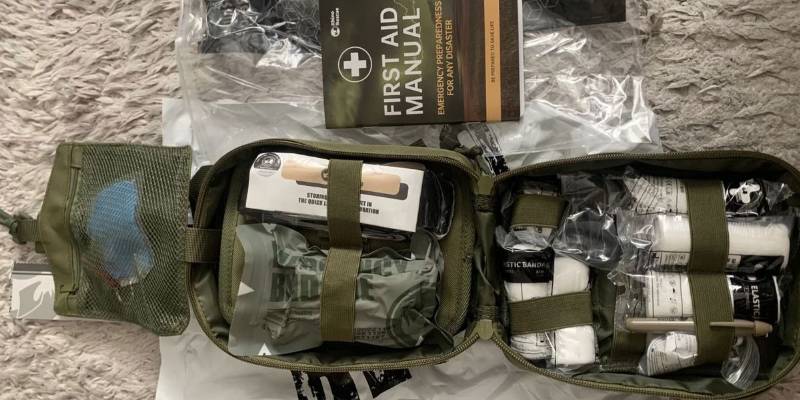
Upgrade your first aid kit with some modern essentials. Add items like a compact, portable defibrillator or a digital thermometer. These tools can make a significant difference in the event of an emergency.
11. Digital Field Guides
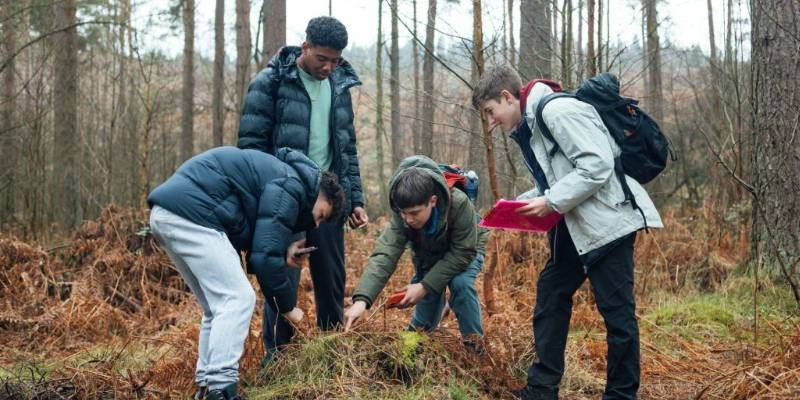
Enhance your nature experience with digital field guides. Apps like iNaturalist can help you identify plants, animals, and even fungi you encounter on the trail. It’s like having a naturalist right in your pocket!
12. Plan a Shaded Route
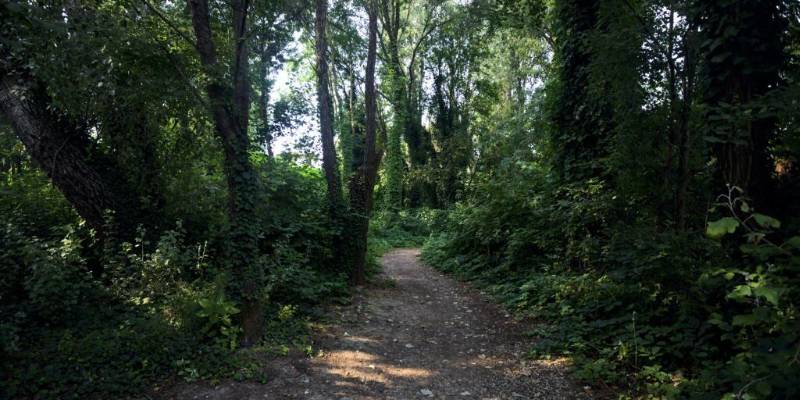
If possible, choose a trail that offers plenty of shade. Forested areas or trails near bodies of water can provide relief from direct sun exposure.
13. Smart Nutrition Planning

When planning your nutrition for hiking in the summer, prioritize foods that provide sustained energy and help you stay hydrated in the heat. Start with a hearty breakfast that includes complex carbohydrates like whole grain cereals or bread, as well as a good source of protein.
During the hike, focus on easily digestible snacks like trail mix with nuts, seeds, and dried fruits. These provide a mix of carbohydrates for energy and healthy fats for sustained fuel. Also, eat electrolyte-rich snacks like bananas or electrolyte tablets to replace minerals lost through sweat.
Utilize nutrition apps to plan your meals. These apps can help you calculate the ideal calorie intake for your hike, recommend suitable snacks, and even generate personalized recipes based on your dietary preferences.
14. Carry a Wet Bandana or Cooling Towel
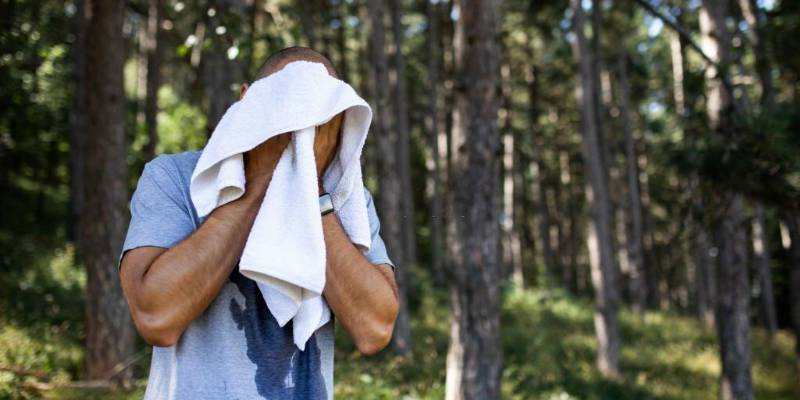
Carrying a wet bandana or cooling towel is a savvy move when hiking in hot weather. These simple yet effective tools can provide much-needed relief from the heat.
Dampen the bandana or towel with water before your hike, then wear it around your neck or drape it over your head. As the water evaporates, it helps cool down your body temperature. This can be beneficial, especially during strenuous climbs or when the sun is beating down.
15. Emergency Communication Devices
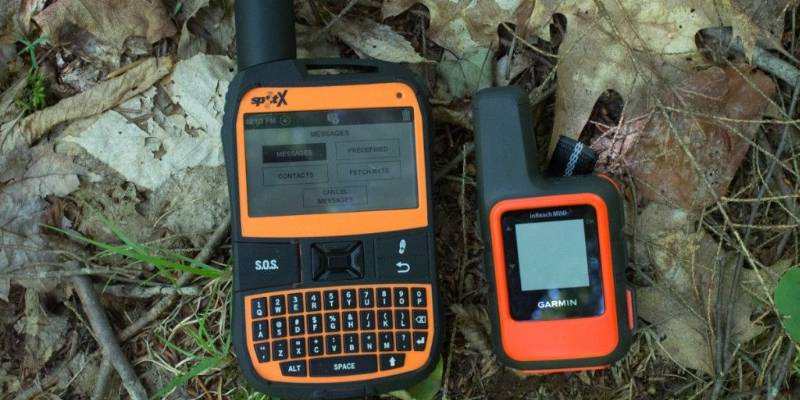
For safety’s sake, consider carrying an emergency communication device like a satellite messenger. It allows you to send messages and your GPS coordinates in areas without cell coverage, ensuring you can call for help if needed.
16. Pack a Personal Fan
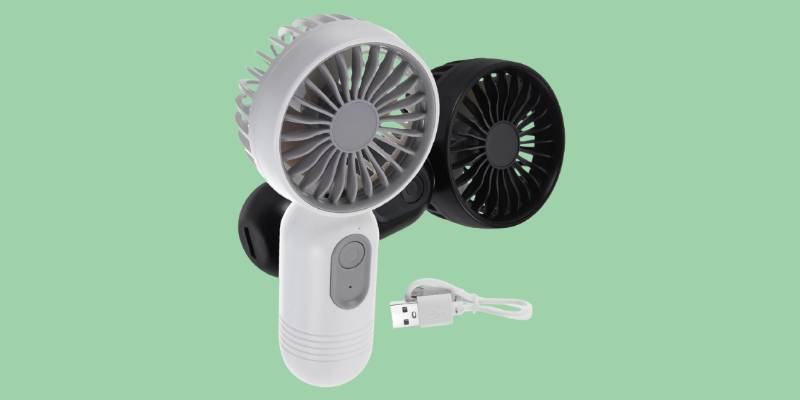
Bringing a personal fan is a fantastic idea when embarking on a summer hike. A small and portable fan can provide much-needed relief from the heat.
Make sure to choose a lightweight, battery-operated fan that can easily fit into your backpack. It can be a lifesaver in preventing overheating and ensuring you stay comfortable throughout your hike. Also, the fan can help reduce sweat and moisture buildup, which can be a significant source of discomfort in hot weather.
17. Digital Memory Preservation
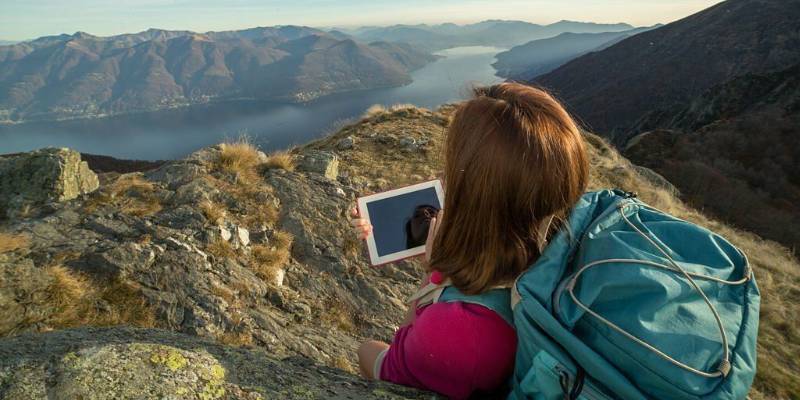
Capture the magic of your summer hikes with high-quality photography equipment. A digital SLR or a high-resolution smartphone camera paired with some advanced editing apps can transform your snapshots into professional-grade memories.
18. Be Aware of Heat-Related Illnesses
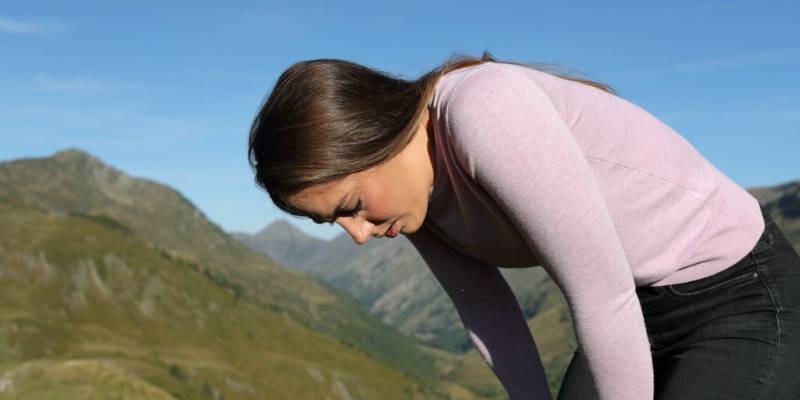
Familiarize yourself with the signs of heat exhaustion and heat stroke. If you or someone in your group shows symptoms, take action immediately.
Final thoughts
Well, modern adventurer, we’ve covered quite a bit of ground in our purpose to make your summer hikes seamless, tech-savvy, and unforgettable. As you step onto those sun-drenched trails, cherish the harmony between our digital world and the natural one. Let your apps guide you, your wearables keep you in check, and your gadgets capture the moments. At the same time, let the rustling leaves, the scent of wildflowers, and the whisper of the wind remind you of the true essence of our journey.
Keep in mind that it’s not about the miles you conquer or the peaks you reach, but the memories you forge and the connection you feel with nature.